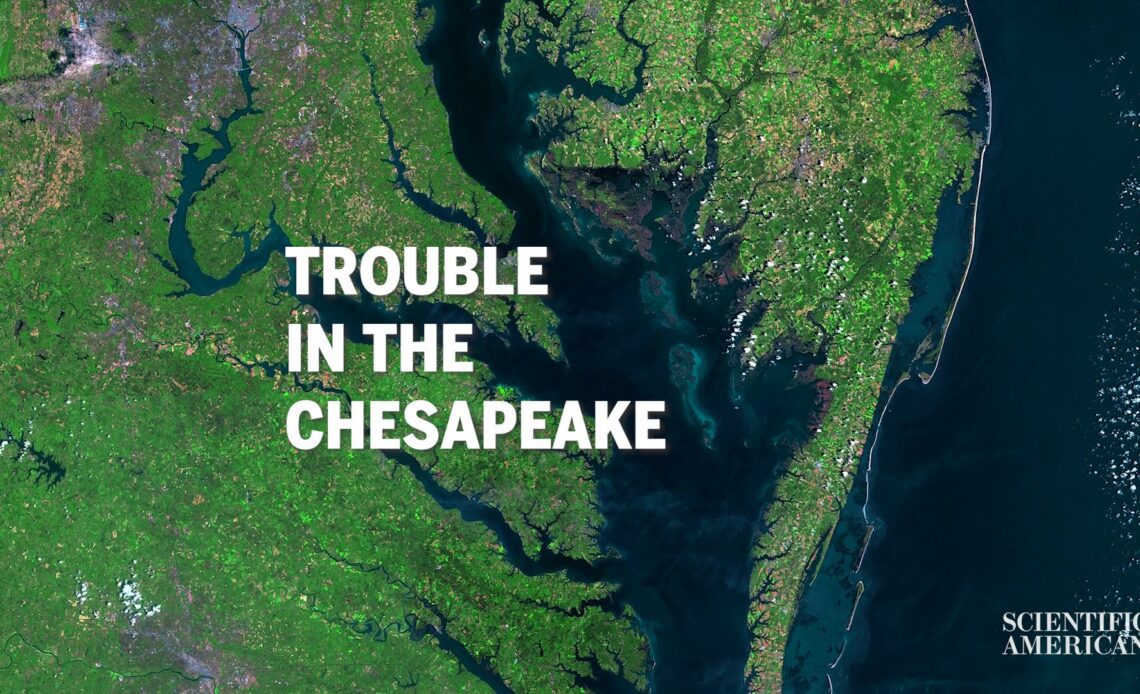In the 45,000 square mile Chesapeake Bay, the country’s largest estuary, nitrogen and phosphorus from wastewater treatment plants, and urban and agricultural run-off is continuously suffocating marine life.
“What happens in the Chesapeake Bay is not only important to our residents, but it also impacts seafood industries, recreation and commercial anglers all along the Atlantic Coast,” says Allison Colden, a senior fisheries scientist at the Chesapeake Bay Foundation, an independent conservation organization.
Despite decades of clean up efforts, and evolving regulations from the Environmental Protection Agency, the bay remains in a critical state. To make matters worse, climate change is compounding the region’s problems. Increased rainfall, which flushes more nutrients into the bay, and warming water temperatures is making it harder to reverse the damage already done to the bay.
This project was published in partnership with Baltimore Brew and partially supported by generous grants from the Pulitzer Center, the Society of Environmental Journalists, the Institute for Journalism & Natural Resources.
TRANSCRIPT
Narrator: Tom Weaver’s a charter boat captain. He’s been fishing these waters for more than 30 years.
Tom Weaver: It’s one of the best fishing spots in the world. It’s one of the nicest places to live in the world.
Narrator: The Chesapeake Bay is the country’s largest estuary. It spans over 4,500 square miles. More than double the size of Delaware. And it’s home to 10 million people and 3,600 species of marine life.
It is also an economic powerhouse, producing more than $33 billion in seafood, shipping and tourism each year.
But in the last decade, Weaver says finding fish for clients has become tougher than ever.
Weaver: Yeah, it’s, it’s, it’s harder. We’re burning more fuel.I can’t get some places without having to stop and refuel. I’ve seen a rapid decline in the overall population from the smaller size fish to the full breeding females.
A genuine concern for me is are we going to have enough fish to run a successful business? I can’t do this if there’s not any fish around.
Narrator: The fish in the bay are dying or moving, forced out by farm and city run-off, wastewater pollution, and climate change.
This body of water is fed by the Chesapeake Bay watershed. It spans 64,000 square miles across six states and DC. 73 percent of this area is public land.
But the watershed is also flanked by heavy polluters:…
Click Here to Read the Full Original Article at Scientific American Content: Global…

